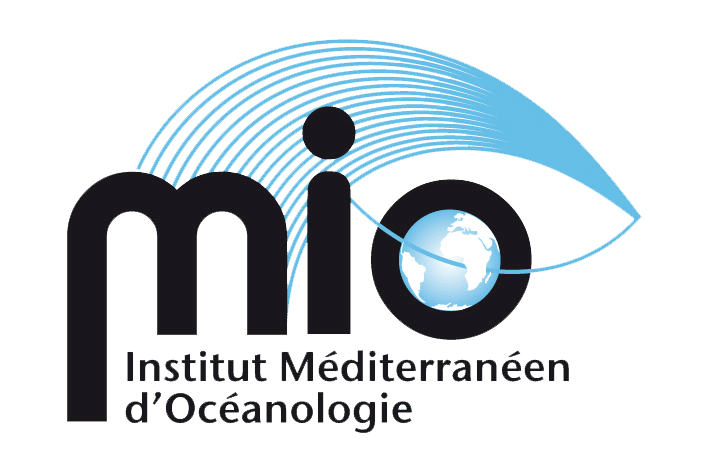The aim of the ESDIR 2023 call for proposals is to support the scientific exploitation of remarkable data, observations and measurements that can only be carried out as part of nationally or internationally accredited research infrastructures and long-term programmes. The 2023 edition is dedicated to research campaigns conducted on groups of infrastructures (French Oceanographic Fleet and ground-based astronomy and astrophysics observatories) for which data has already been acquired or is in the process of being guaranteed by the start of the projects (end 2023).
France invests substantial sums in the development and implementation of major research infrastructures, both at national level and as part of major international partnerships. These budgets are mainly used for initial investment and to finance measurement and experimentation campaigns.
However, unlike other countries, France has not put in place specific support for the scientific exploitation of data obtained through the use of these infrastructures.
To make up for this shortcoming, it has been decided to create, in 2022 and 2023, in the form of calls for pilot projects, a support scheme more suited to projects aimed at the scientific exploitation of data from certain research infrastructures in the roadmap. https://www.enseignementsup-recherche.gouv.fr/wp-content/uploads/ancien-site/2022-0…
The text of the call and the results of the 2022 edition are available at https://anr.fr/ESDIR2022
Scientific scope and objectives
This second call for ESDIR projects (2023 edition) is limited to the two research infrastructures and the following subjects:
AXIS 1: The French Oceanographic Fleet (FOF)
Proposals relating to Axis 1 (FOF) must relate solely to the exploitation of data acquired by scientific projects selected by the National Offshore Fleet Commission (CNFH) for which at least one mission of the campaign took place in 2022. Proposals may cover all scientific themes.
AXIS 2: Astronomy and Astrophysics with ground-based observatories (A&A)
Proposals concerning axis 2 (A&A) must use data from at least one of the following structures described in the roadmap: European Southern Observatory (ESO), Atacama Large Millimeter/Submillimiter Array (ESO/ALMA), Canada-France-Hawaii Telescope (CFHT), Institut de RadioAstronomie Millimétrique (IRAM), possibly in combination and correlation with complementary data from other infrastructures/missions to which the teams have access. Proposals may cover any scientific theme in astronomy and astrophysics using data from these observatories.




